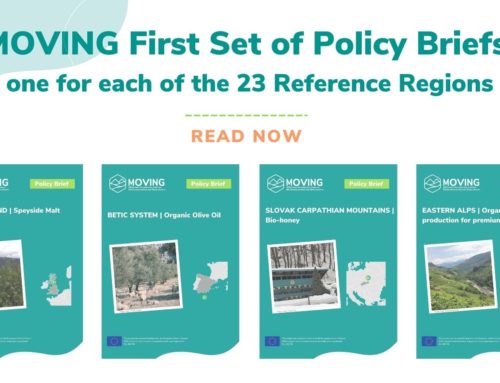In two recent documents published by the Horizon 2020 project SHERPA, digitalisation is highlighted as a potential key factor to boost the development of rural areas.
SHERPA is supporting 20 Multi-Actor Platforms (MAPs) in the development of a ‘Long-term vision for rural areas’ based on sound research evidence. Actors participating in the MAPs are sharing their views on what and how rural areas might look like by 2040. All this rich input will be synthesised in an EU SHERPA Position Paper, aiming to contribute to the Communication on a ‘Long-term vision for rural areas’ that the European Commission will publish in 2021.
To ease the discussions and activities of the MAPs, the project has published a Discussion Paper on the topic, where digitalisation is an important point to reflect upon. The paper outlines that access to technologies and broadband deployment can pose a challenge for rural areas, yet their presence can unlock many opportunities to overcome issues such as rural remoteness, enhancing connectivity and building bridges with other regions through digital mobility.
In a working document that overviews foresight scenario studies at the EU and global levels, digitalisation received particular attention, looking to answer the question of how new technologies will affect rural areas in the future. The document highlights that digitalisation can pose both a threat and an opportunity for rural areas. The constraining factor is not technological availability, but institutional factors such as awareness, administrative capacity and political will.
Within its remit and main objective, DESIRA is looking to understand and assess from an evidence-based standpoint the social and economic impacts of digitalisation in rural areas. Both documents developed by SHERPA, pose interesting reflections on the role of digitalisation for the future development of rural areas and their communities.






